Tires are not the most exciting part of car ownership. But they play a huge role in keeping you safe and ensuring your car runs efficiently. They’re the unsung heroes of our vehicles, doing all the hard work quietly and faithfully. And when it’s time to get new ones, it pays to know what to look for.
Buying the right tires isn’t just about picking the right size or color (spoiler: they’re almost always black). It’s about understanding how the right set of tires can keep you safe.
That makes today’s article your tire-buying masterclass. I will guide you through everything you need to know, with tips, tricks, and a few fun facts to keep things rolling smoothly. So, let’s dive in and explore what makes a great tire and the major tips to buy car tire for your automobile.
Why Good Tires Matter
Before discussing types and sizes, let us find the answer to the question, “Why do good tires matter?” Well, there are plenty of reasons. And each one shows that a great set of tires is an investment in safety, comfort, and performance.
Improved Handling
Tires are your direct connection to the road. With high-quality tires, you get precise handling. It is crucial in emergencies where control matters most.
Better Safety
Think of tires as the “grippers” of your car. They’re responsible for road safety, especially on wet or icy roads. The better the grip, the shorter the stopping distance. It is highly beneficial in emergencies.
Fuel Efficiency
While many people might not know it, good tires can help you save on gas! According to the U.S. Department of Energy, properly inflated tires increase fuel efficiency by up to 3%.
Longer Lifespan
Don’t want to be back at the tire shop anytime soon? Then know that quality tires are built to last. Their rubber compound and tread design make them more resistant to wear. That means fewer replacements and less time spent thinking about tires.
Better Riding Experience
Quality tires absorb the shocks from bumps and potholes better. They help ensure a quieter and more comfortable ride. Think of it as the difference between bouncing down a dirt road in an old truck or gliding along a freshly paved road in a luxury sedan.
When and How do You Know You Need New Tires?
It’s dangerous to drive a car with ragged tires. Following are the signs of a damaged tire:
- Reduced tread depth
- Sidewall damage
- Uneven wear
- Vibration or shaking
- Strange noises
It is important to check your car tires daily. If you see any wear and tear, don’t waste time and replace them immediately.
Tire Age
Just like any product, tires have a shelf life. Most manufacturers recommend replacing them every 6 to 10 years, even if the tread still looks good.
Why? Because rubber deteriorates over time and loses flexibility and grip. Aging tires become brittle and are more prone to blowouts. So, keeping track of your tires’ age is necessary.
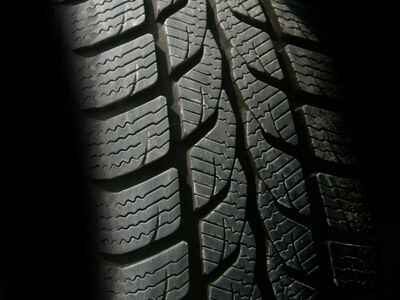

How to Test Tires
There are a few easy ways to check if your tires are still good. The “penny test” is a classic.
You put a penny into your tire’s tread groove for this test. The Lincoln’s head should be facing down. Do you see Lincoln’s head?
If you do, your tread is too worn, and it’s time for new tires. Also, look for sidewall cracks, any wear patterns, or bulges. These are all signs your tires may be nearing their end.
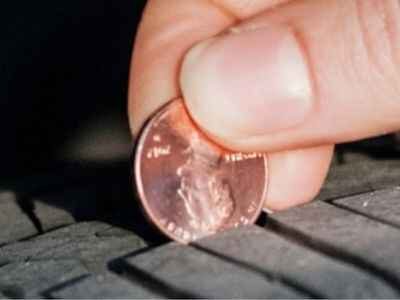

Types of Tires
If you’ve ever found yourself at the tire shop, staring at rows and rows of black rubber circles and wondering, “Is there that much difference?”, you’re not alone!
While all tires may seem identical, they can be different. Choosing the right one depends on where you live, what kind of car you drive, and a few more factors.
All-Season Tires
Do you know that all-season tires are called the jack-of-all-trades in the motor world? They have this name because they are designed to do well in different weather conditions. They’re a good choice if you live in a place with mild weather. However, they’re not specialized for extreme conditions, so don’t rely on them in harsh winters.


Summer Tires
Summer tires are for those who drive in warm climates. They offer excellent grip on dry roads. However, they get hard in cold temperatures and reduce traction.


Winter/Snow Tires
Winter tires are essential for icy or snowy conditions. They’re made with softer rubber compounds that remain flexible in cold weather. And they have deeper treads to grip slippery roads better.


Off-Road Tires
These are specifically made for rough, unpaved surfaces. With deeper treads and tougher sidewalls, off-road tires are perfect for rock crawling or muddy trails but can be noisy and less efficient on highways.
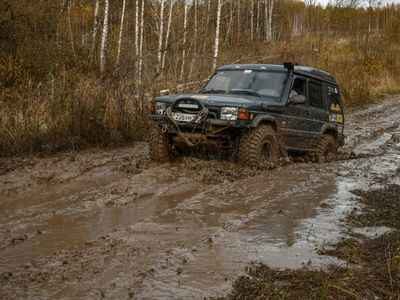

All-Terrain Tires
These are great for the adventurers among us. All-terrain tires are designed to handle both on- and off-road conditions, which makes them perfect if you like hitting the occasional dirt road.
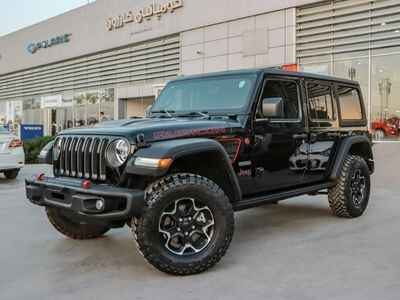

Performance Tires
Performance tires offer excellent grip and handling. They’re ideal for high-speed driving but tend to wear out faster.
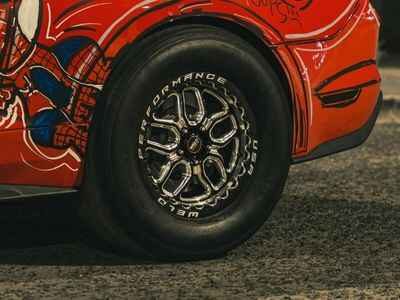

Your Driving Style Matters
Did you know that your driving style can affect what type of tire you should buy? Here’s how different styles play into tire choice:
Conservative Driving
All-season tires are also called touring tires. They are best for smooth driving on the road. They are usually comfortable. On top of that, they help you save on fuel, too.
Aggressive Driving
If you like to accelerate quickly and take corners with gusto, performance tires are the tires that you should go for. They have the grip you need for a more spirited driving style.
The drawback is that such tires wear out faster. Blame your driving style for that!
What Type of Roads Do You Drive On?
The roads you drive on most often play a big role in the type of tires you should consider:
City Road:
All-season tires are a good choice to drive in the city. They handle stop-and-go traffic well and perform in various weather conditions.


Highways:
If you spend a lot of time on highways, you should go for touring or all-season tires. They will provide a smooth, quiet ride and good fuel efficiency.


Off-Road:
For off-road adventurers, use all-terrain or off-road tires. These tires can handle rocky, muddy, or uneven surfaces.
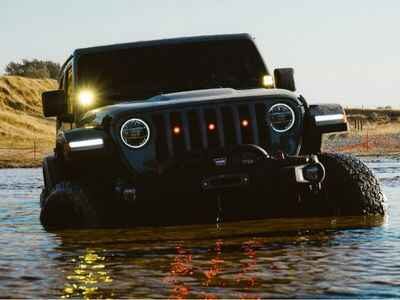

Tire Consideration Based on Car Types
Not all cars are built the same, and neither are their tires. Here’s a quick guide to matching your tire type to your vehicle:
SUVs and Trucks
We all know SUVs and trucks are heavier vehicles. That’s why they rely on more durable tire options. However, it also depends on the roads you drive on.
Top SUV tires include the Michelin Defender LTX M/S, Goodyear Assurance WeatherReady, and Falken Ziex ZE950 A/S tires are the best for SUVs. As for trucks, you can easily pick the Toyo Open Country H/T II, which is suitable for all seasons. There are also the Falken Wildpeak H/T02 and Pirelli Scorpion All Season.
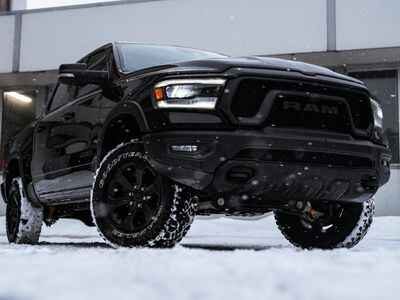

Sedans and Compact Cars
These types of cars work best with all-season or performance tires.
I recommend using the Pirelli Cinturato P7 All Season Plus 2 and Bridgestone Turanza QuietTrack for luxury sedans or minivans. However, if you want something budget-friendly, it is best to go with Bridgestone Potenza RE980AS+.


Sports Cars
Sports car tires differ from most categories of vehicle tires. For sports cars, performance tires are the go-to. They provide the grip and handling needed for high-speed driving.
It allows you to make the most of your car’s capabilities. Michelin Pilot Sport All Season 4, and Bridgestone Potenza Sport are two of the most recommended tires for sports cars.


Major Tips to Buy Car Tire for Your Automobile
I understand that buying tires can feel like a crash course in rubber science. But a few more key points can keep things fun and simple. So, here’s what to know to make sure you get the safest (and best!) tires for your ride:
Tire Size: Bigger Isn’t Always Better
Yes, all tires are round and made of rubber, but they are not the same. So, the first thing you need to consider is the size. Why?
Think of tire size like shoe size for your car. The super-sized tires look cool but getting the wrong size messes up handling and wears down your tires faster.
Check your driver’s door sticker or owner’s manual for the right tire size. Undersized tires compromise cornering control, while oversized ones waste fuel. Following the manufacturer’s recommendations keeps your ride balanced and efficient.
"INSPECT YOUR TIRES, USE RECOMMENDED TIRES WITH PERFECT SIZE."
Tread Patterns: The “Sole” Of Your Tires
Tread patterns aren’t just for stylish design. They make a difference in handling and stopping power. So, you should pick one that matches your driving needs.
But don’t worry. You don’t have to get a Ph.D. in tires, but a little knowledge of tread pattern types goes a long way!
Symmetrical Treads:
These tires are all-rounders, great for everyday driving with a uniform pattern across the tire.
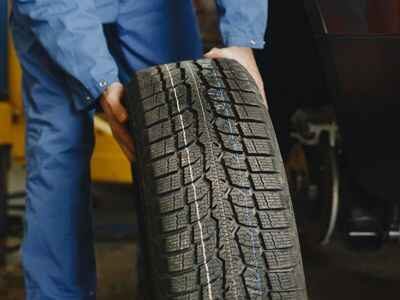

Asymmetrical Treads:
These tires are best for those who want sporty handling and grip. They’re like the multitaskers of the tire world, combining different patterns on each side.
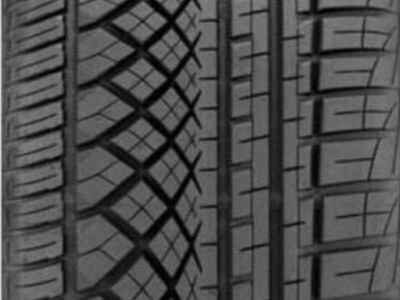

Directional Treads:
They are made for high-speed, wet-road performance. But they only go one way, so keep an eye on the arrows when they’re being installed.
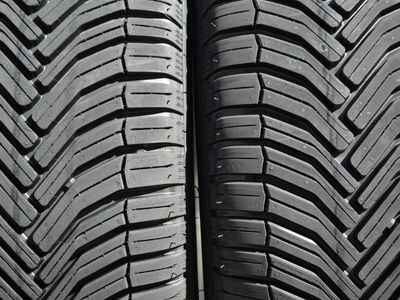

Treadwear Warranties: Your Tire’s Lifespan Guarantee
Tires don’t last forever, but a treadwear warranty gives you some insurance. It is like a time limit on how long your tire should hold up before it starts getting bald. A higher warranty means a longer lifespan. So, go for tires with a good mileage rating if you want them to stick around.
Just remember that treadwear warranties aren’t a perfect science. They also depend on how and where you drive. If you’re a speed demon or love off-roading, don’t expect the warranty to last as long as promised!
Shop Around: Tire Hunting Is Real
Shopping around for tires can save you a lot. Different stores and online shops often have varying prices, and discounts. Tire dealers love to bundle things like installation, alignment, and balancing. You can also look for package deals.
Comparing prices online and at local shops lets you score a better deal. That’s why you should not settle for the first price you see. Because a little extra legwork now means more cash in your wallet later!
Reputable Brands: Because Not All Tires Are Created Equal
Ever wonder why some tires are pricier than others? Well, reputable brands like Michelin, Goodyear, or Bridgestone have been in the game long enough to know how to make a quality tire. They also test rigorously, ensuring better safety and performance.
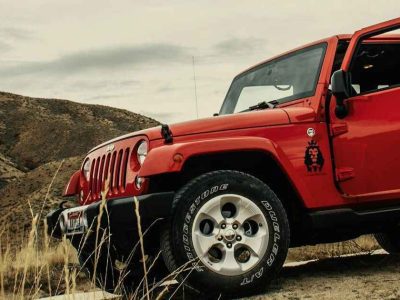



That no-name brand may be cheaper. Skimping on quality could cost more in the long run, especially in rainy, foggy, or cold weather. So, stick with brands known for durability and reliability.
Read Reviews or Ask Around: Crowdsource Your Choice
Before you swipe that credit card, read reviews from other drivers who’ve tested these tires. User reviews give real-life insights and sometimes the product description glosses over issues.
Or, better yet, ask a friend who knows cars. They might even have a recommendation that saves you a trip to the review section. It’s like getting a sneak peek into the tires’ performance without all the guesswork.
Cost and Hidden Fees: No One Likes Surprises
So, you’ve got the tires picked out, and the price looks good? But wait! Some extra fees may be lurking somewhere.
You’ll likely pay for installation, balancing, alignment, and even disposal of old tires. Tires are an investment, know the actual cost with no surprises.
Tire Safety and Maintenance
Keeping your tires in top shape is crucial for safe driving and extending their lifespan. Regular maintenance helps your car handle well, maintain fuel efficiency, and keep you safe.
Tire Rotation:
Rotate your tires every 5,000 to 7,500 miles, or as recommended in your car’s manual. Doing this ensures even wear, which improves traction and helps your tires last longer.
Read the article “Why Tire Rotation is Important And How to Rotate Your Tires Properly?” to learn more about tire rotation.
Checking Tire Pressure:
You should know about underinflated or overinflated tires. These tires can lead to uneven wear and even blowouts. They reduce fuel efficiency. Check the tire pressure of your tires monthly, especially during seasonal changes.
You will see the proper PSI-level recommendation on the driver’s side door panel or the owner’s manual.
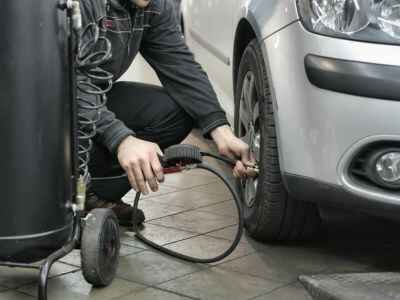

Inspecting for Wear and Tear:
Always check for cracks, bulges, and punctures. You should never drive a car with worn-out or damaged tires. Use the penny test, as I mentioned before, to check if riding it is safe.
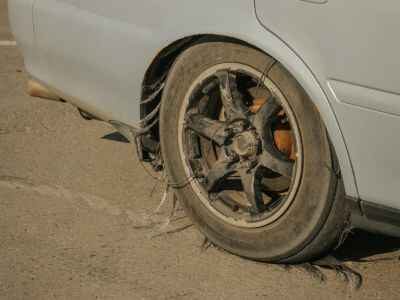

New Tires vs. Used Tires
Are you thinking about saving some cash with used tires? You may want to think again!
New tires come with a fresh start. They have no previous wear, full tread depth, and a warranty. They’re built to last and deliver peak performance, handling, and safety. On the other hand, old tires might seem like a great budget-friendly option, but here’s where it gets a little sketchy.
Sure, you’ll pay less upfront, but you’re also buying a tire with an unknown history. Was it damaged, exposed to extreme conditions, or patched up? These are risks you’ll have to consider.
Old tires can be dangerous because tread depth is often reduced. It means less grip on the road and a higher risk of blowouts. Also, rubber hardens over time, making older tires more prone to cracking and less effective at handling wet roads.
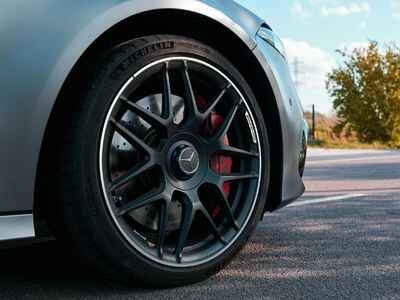

However, if you’re still set on used tires, check the tread depth and look for any visible damage. You should also know about the tire’s age. I would strongly suggest not buying a tire over six years old.
Nevertheless, sometimes, a little extra cost for a new tire is worth the peace of mind on the road!
Wrapping Up Your Tire Journey
Choosing the right tires doesn’t have to be a bumpy ride! By focusing on essentials you can set yourself up for a safer, smoother driving experience. Whether you’re cruising the city streets or tackling tough terrain, having the right tires also means better handling, improved fuel efficiency, and greater peace of mind.
However, don’t forget to check out user reviews and compare prices. And remember that a little extra investment now can pay off in the long run.
Because safe tires make happy drivers!


